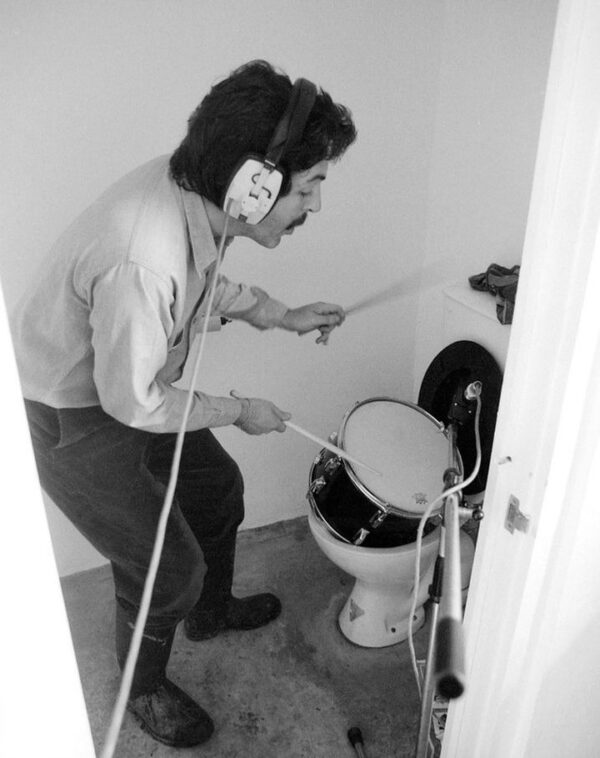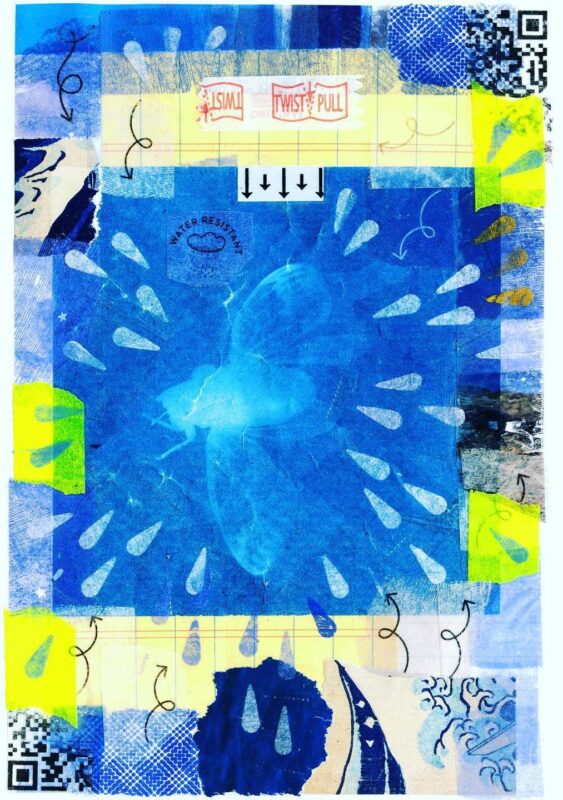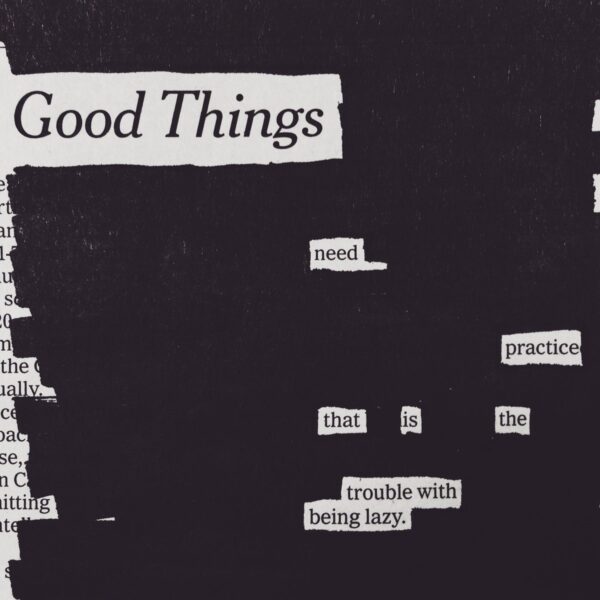
I think anybody who is a Beatles fan sort of identifies with one Beatle or the other. When I was a kid, I wanted to be John. The older I get, the more I want to be Paul, granny music and all, moving his own microphone.
One thing I’m interested in is Paul’s insistence that he doesn’t really know where the music comes from. Years ago, I clipped this paragraph from a 2016 interview:
You’ve never got it down. It’s this fluid thing, music. I kind of like that. I wouldn’t like to be blasé or think, ‘Oh you know I know how to do this.’ In fact I teach a class at a the Liverpool Institute High School for Boys — I do a little songwriting class with the students — and nearly always the first thing I go in and say [is], ‘I don’t know how to do this. You would think I do, but it’s not one of these things you ever know how to do.
John Higgs expands on this in his book Love and Let Die: James Bond, The Beatles, and the British Psyche:
After sixty years of interviews, it’s clear that McCartney does not understand why music comes so naturally to him, or flows out of him so easily, in a way that doesn’t happen to other people. He seems at times afraid that it might stop – he has never learned how to read music, for example, in case it breaks the way he works. As the Irish poet Paul Muldoon has said when discussing McCartney’s creativity, ‘It’s not a particularly fashionable idea right now but if you scratch any interesting artist you’ll hear that one of the key components to how they do it is that they don’t really know what they’re doing. […] If you don’t know what to expect, there’s a chance the listener and reader will find themselves in a place they wouldn’t expect to end up, that’s where interesting art resides.’
Another thing I admire is that McCartney doesn’t torture himself too much with his songwriting process. More from Love and Let Die:
McCartney places great emphasis on starting and finishing work immediately, before you have had the chance to overanalyse or come up with an excuse not to do it. This is an attitude that he credits his father with instilling in him. Whenever Paul or his brother Mike would try to get out of a chore by saying they would do it tomorrow, their father would tell them ‘D.I.N. – do it now’. As he explains, ‘you get rid of the hesitation and the doubt, and you just steamroll through’. This approach paid dividends when he came to work with John Lennon. Every time they sat down to write a song they would finish it, and they never once came away from a writing session having failed to come up with something. “I’m all for that way of working,’ he has said. ‘Once John and I or I alone started a song, there was nowhere else to go; we had to finish it, and it was a great discipline. There’s something about doing it when you have the vision.’
“There was no writer’s block or hoping for inspiration in McCartney’s writing life,” Higgs writes. “The music just came and all he had to do was get it down before it was lost.”
(I also think it’s interesting that McCartney says he used to pull The Fool card in Tarot readings.)
Increasingly, I look to incorporate “not knowing” and “do it now” into my work. Whether it’s a newsletter or a blackout poem or a collage, or whatever, I try to walk into the studio not knowing exactly what I’m going to do — I just show up and I say to myself that I’ve got to have something by the time I leave. This constraint of time and space usually leads to something, if not something good.



